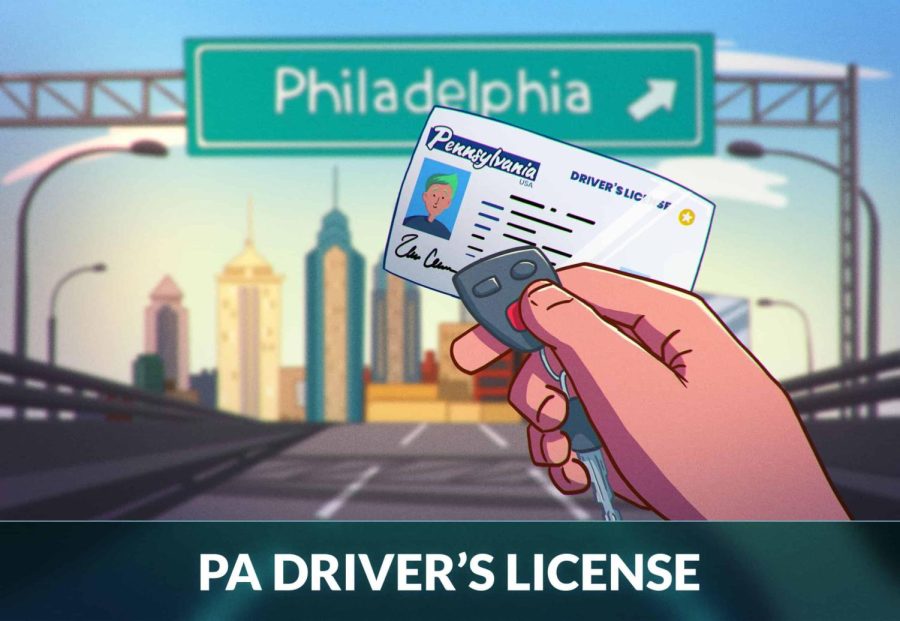How to Get Your Driver’s License
December 8, 2022
Learning to drive and getting your license are often one of the highlights of one’s high school career. While this can be an exciting experience, it can easily get overwhelming when you first begin,and it may seem daunting at first.
I got my license in early November of this year. It is easily a milestone for me and something I had been looking forward to for a long time. However, I didn’t know many people who had their license, so it was often a stressful process as I didn’t know what to expect.
This is not meant to be a comprehensive detailing of all of the rules and regulations regarding learning to drive and operating a vehicle under your license, and some procedures may vary depending on the DMV you visit.
Before getting your license, you must first get your learner’s permit. In Pennsylvania you can first get one at sixteen. The permit test consists of several questions concerning signage, driving in rain and snow, and other general procedures, and you can schedule to take it at your local DMV. It is very easy and straightforward to pass this section. Download the PennDot Learner’s Permit App, and quiz yourself on the questions daily until they are memorized. The test will be some combination of those exact questions, so it is best to take it once you are fully confident at the practice.
After you pass the permit test, schedule a time in advance to take the test for your license. It can be difficult to gauge when you are ready, but you can only take it after six months have passed from the date of the permit test. If you are unsure when you would be ready, I would recommend to schedule it for six months after, give or take a month, since you can always take it again if you fail, and if you wait too long the anxiety and doubt might set in. You can always reschedule the test as well, though it is best to schedule early to make sure you can get a spot. I would also recommend scheduling the driving test at a DMV near you, so that you can easily practice the parallel parking and driving sections in the exact area of the test. The place likely has cones set up when tests are not in session, so you can get familiar in the days leading up to the test.
Now is time to practice. Do not worry about logging in hours driven. You can if you feel the need to track your progress, but this is not required. Instead, try to drive as much as possible in as many different conditions and times as possible. However, when first starting out, begin in the daylight with no abnormal weather. When I first started to drive I practiced with my parents in the parking lot of the Senior High, and then went to a cemetery near my house to get used to driving on roads.
When you feel comfortable going moderate speeds and develop enough spatial awareness to make your way around, you can begin to start on actual roads. Loop around blocks to get acclimated to sharing space with other cars. After that, you can start on busier roads, and increase your routes in difficulty until you can cross highways with ease. If you have any places you go on a routine basis, drive there to build confidence and insert practice into your schedule. There is no need to be perfectly comfortable in every situation when starting out. Just because you still feel uneasy around busy intersections does not mean you are an incompetent driver; navigating the roads easily will come with time and you will build your instinct.


